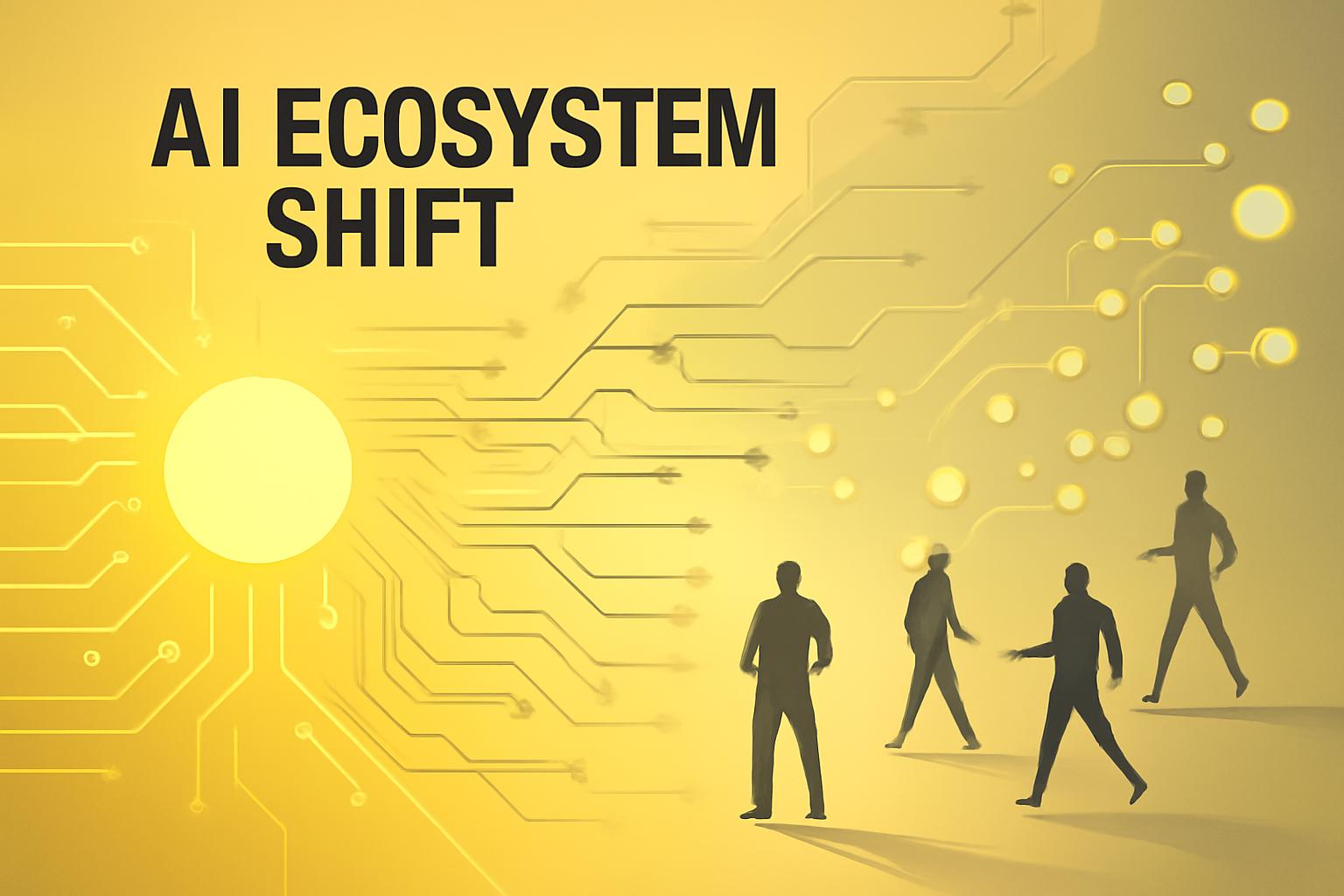The Shifting Landscape of AI Foundation Models
As artificial intelligence continues its rapid evolution, the prominence of foundation models—large-scale AI systems trained on massive datasets—is being questioned by startups and industry observers alike. While these models once represented the core competitive advantage in AI development, recent trends suggest their dominance may be waning in favor of specialized applications and fine-tuning approaches.
From Foundation Models to Application-Layer Innovation
Historically, foundation models like OpenAI’s GPT series or Anthropic’s Claude have been viewed as the essential building blocks for AI products. However, many startups now treat these models as interchangeable components, focusing their efforts on customizing AI behavior for specific tasks and enhancing user interfaces. This shift was evident at recent industry events such as the Boxworks conference, which emphasized user-facing software built atop existing AI models.
The rationale behind this change stems from the diminishing returns of scaling foundation models through pre-training. The costly process of training on vast datasets has slowed in its ability to deliver significant performance gains. Instead, improvements are increasingly driven by post-training techniques, including fine-tuning and reinforcement learning, which allow companies to tailor AI tools more efficiently and cost-effectively.
Implications for Major AI Labs
This evolving competitive environment poses challenges for leading AI labs like OpenAI, Anthropic, and Google. Once considered gatekeepers of AI innovation, these companies risk becoming back-end suppliers in a commoditized market. The proliferation of open-source alternatives exacerbates this threat by eroding pricing power and reducing barriers to entry for startups.
Venture capitalist Martin Casado of a16z recently highlighted that OpenAI, despite being first to market with coding and generative image and video models, has lost ground in these categories to competitors. This observation underscores the lack of a durable technological moat for foundational AI models.
The Future of AI Development and Market Dynamics
Despite these headwinds, foundation model developers retain several advantages, including strong brand recognition, extensive infrastructure, and significant financial resources. OpenAI’s consumer-facing products, for example, may continue to offer differentiation that is harder for competitors to replicate.
Moreover, the AI sector remains highly dynamic. Advances in post-training techniques or breakthroughs toward artificial general intelligence (AGI) could alter the competitive landscape swiftly. Nonetheless, the current trend suggests that the relentless expansion of foundation models may no longer be the most viable strategy, with Meta’s substantial investments drawing scrutiny for their long-term returns.
Conclusion
The AI industry is transitioning from a foundation model-centric paradigm toward a more fragmented ecosystem of specialized applications. This shift diminishes the dominance of early AI labs and opens opportunities for startups leveraging customizable, task-specific AI solutions. Market participants will need to navigate this changing terrain carefully, balancing foundational research with agile product development.
FinOracleAI — Market View
The news signals a potential realignment in the AI sector, where foundational model providers may face margin compression as startups commoditize their offerings. While major labs retain capital and infrastructure advantages, the diminishing returns on scaling foundation models and the rise of application-layer innovation pose risks to their market share and profitability. Investors should monitor advancements in post-training methods and competitive shifts in AI applications, as these will dictate which companies can sustain leadership.
Impact: neutral













